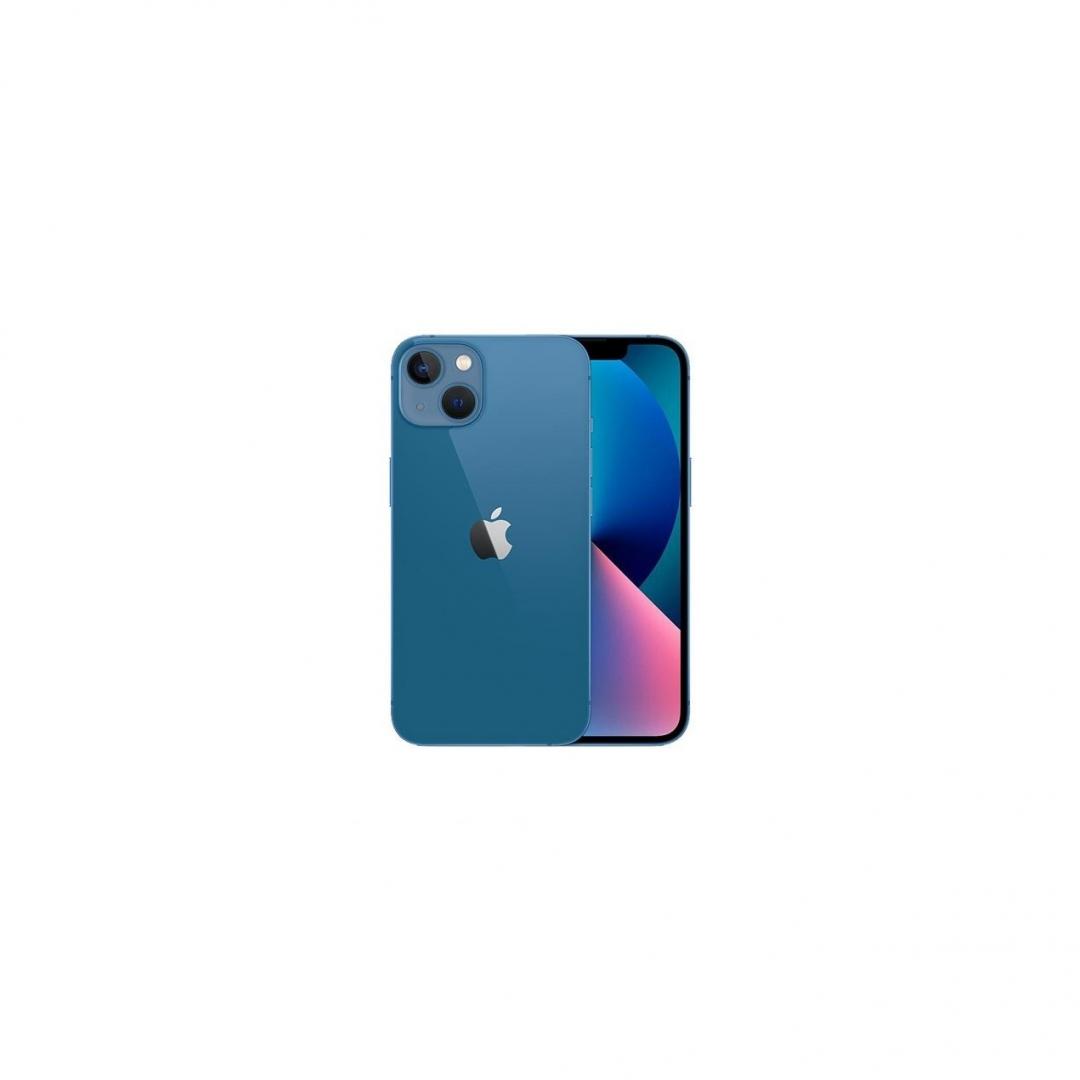Affiliate links on Android Authority may earn us a commission. Learn more.
iPhone 14 vs iPhone 15: Should you upgrade?
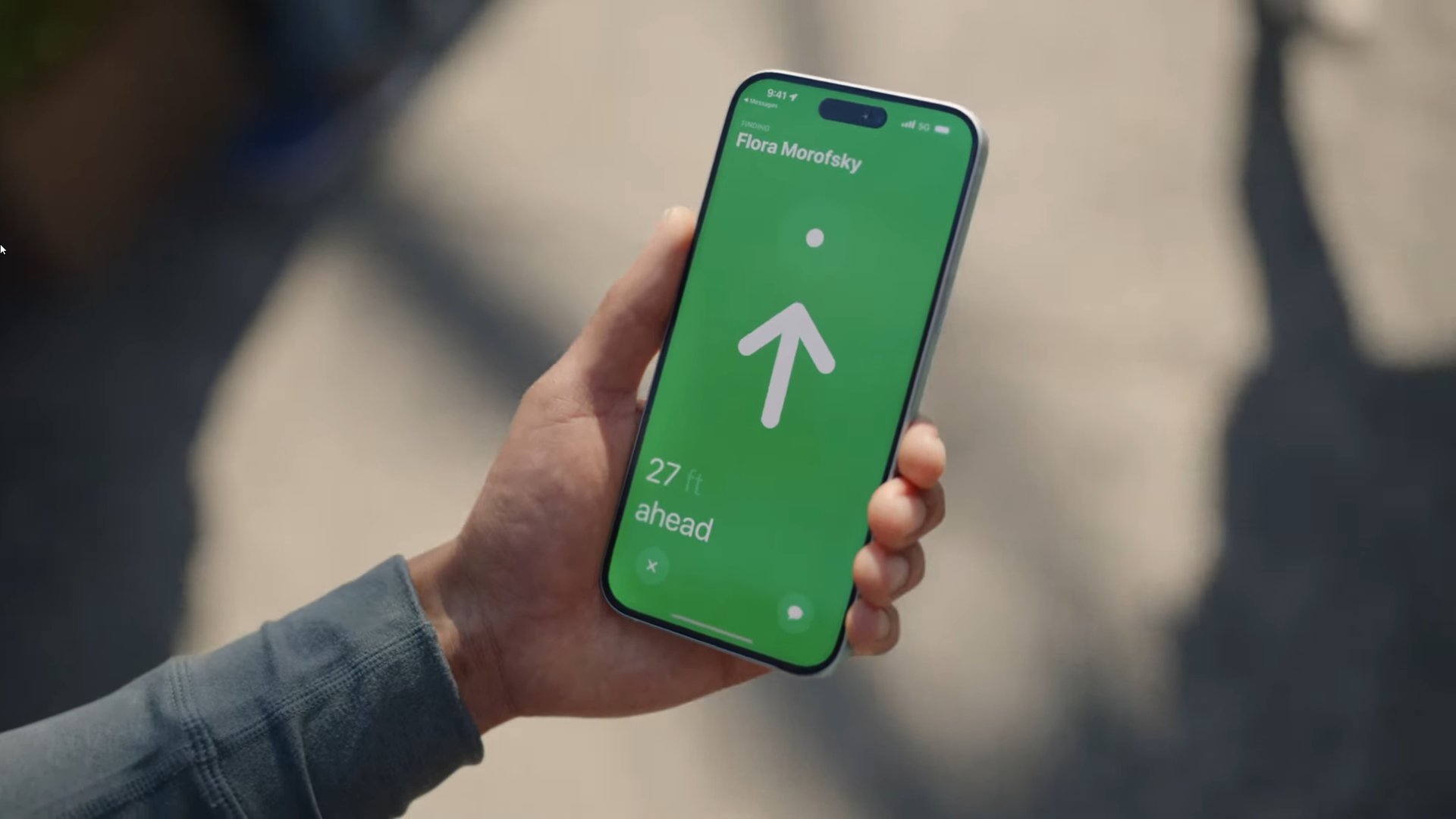
If you’ve got an iPhone 14 (or 14 Plus), it may be tempting to upgrade to the newly-announced iPhone 15 and 15 Plus. Apple launches new iPhones every year like clockwork, however, so is there anything new in this generation that warrants spending your hard-earned money?
AT A GLANCE
Curious how the iPhone 14 and 15 stack up? Here's a summary of the biggest differences:
- The iPhone 15 upgrades to Apple's A16 processor, the same one used in the iPhone 14 Pro.
- The 15 replaces the 14's Lightning port with the more widely compatible USB-C standard, which can also be used to reverse-charge accessories like an Apple Watch or the updated AirPods Pro.
- The 15 uses the same 48-megapixel main camera from the iPhone 14 Pro, whereas the 14 has a 12MP sensor.
- Both the 15 and 14 have an ultra-wide secondary camera, but lack a telephoto lens.
- The 15 and 15 Plus have unchanged screen sizes, measuring 6.1 and 6.7 inches, but change out their predecessors' screen notches for the Dynamic Island. Their screens can also get brighter, peaking at 2,000 nits outdoors versus the 14's 1,200 nits.
- New wireless technology supports AirTag-style Precision Finding for fellow iPhone 15/15 Pro users on Find My, and Americans can get Roadside Assistance via Satellite through AAA. The latter is free for two years. The 14 has satellite service, but only for sending emergency messages.
- Design is largely similar, but the iPhone 15's new colors (blue, green, pink, silver, yellow, and black) are muted compared those available for the 14 (midnight, starlight, Product RED, blue, purple, yellow).
iPhone 14 vs iPhone 15: Specs
| iPhone 15 and 15 Plus | iPhone 14 and 14 Plus | |
|---|---|---|
Display | iPhone 15 and 15 Plus - 6.1 or 6.7 inches - Super Retina XDR OLED - HDR, True Tone, P3 color - 2,000 nits peak brightness - Dynamic Island | iPhone 14 and 14 Plus - 6.1 or 6.7 inches - Super Retina XDR OLED - HDR, True Tone, P3 color - 1,200 nits peak brightness |
Processor | iPhone 15 and 15 Plus Apple A16 Bionic | iPhone 14 and 14 Plus Apple A15 Bionic |
RAM | iPhone 15 and 15 Plus 6GB (unconfirmed) | iPhone 14 and 14 Plus 6GB |
Storage | iPhone 15 and 15 Plus 128, 256, or 512GB | iPhone 14 and 14 Plus 128, 256, or 512GB |
Power | iPhone 15 and 15 Plus - Unknown battery sizes - MagSafe (up to 15W) and Qi2 (7.5W) wireless charging - USB-C port, including reverse charging for accessories - No charger in box | iPhone 14 and 14 Plus - 3,279 or 4,325mAh batteries - MagSafe (up to 15W), Qi (7.5W) wireless charging - Lightning port - No charger in box |
Cameras | iPhone 15 and 15 Plus - Main: 48MP, 26mm f/1.6, sensor-shift OIS, 2x crop zoom - Ultra-wide: 12MP, 13mm f/2.4 - Selfie: 12MP (other details missing) - True Tone flash, Photonic Engine, Deep Fusion, other features | iPhone 14 and 14 Plus - Main: 12MP, 26mm f/1.5, sensor-shift OIS - Ultra-wide: 12MP, 13mm f/2.4 - Selfie: 12MP, 23mm f/1.9 - True Tone flash, Photonic Engine, Deep Fusion, other features |
Audio | iPhone 15 and 15 Plus - Stereo speakers, no 3.5mm jack - Voice Isolation for improved phone calls | iPhone 14 and 14 Plus - Stereo speakers, no 3.5mm jack |
IP rating | iPhone 15 and 15 Plus IP68 | iPhone 14 and 14 Plus IP68 |
Biometrics | iPhone 15 and 15 Plus FaceID | iPhone 14 and 14 Plus FaceID |
SIM | iPhone 15 and 15 Plus nano-SIM and eSIM (US models are eSIM-only) | iPhone 14 and 14 Plus nano-SIM and eSIM (US models are eSIM-only) |
Software | iPhone 15 and 15 Plus iOS 17 | iPhone 14 and 14 Plus iOS 17 |
Dimensions and weight | iPhone 15 and 15 Plus - iPhone 15: 147.6 x 71.6 x 7.8mm, 171g - iPhone 15 Plus: 160.9 x 77.8 x 7.8mm, 201g | iPhone 14 and 14 Plus - iPhone 14: 146.7 x 71.5 x 7.8mm, 172g - iPhone 14 Plus: 160.8 x 78.1 x 7.8mm, 203g |
Colors | iPhone 15 and 15 Plus Pink, yellow, green, blue, black | iPhone 14 and 14 Plus Midnight, starlight, Product RED, blue, purple, yellow |
As you can tell the iPhone 15 and 14 are extremely similar in many ways, including their Plus variants, but there are some potentially meaningful improvements to talk about. The A16 Bionic processor is both faster and less power-hungry than the A15, and of course the switch to USB-C finally frees the 15 from Apple’s exclusive Lightning format. If you’ve got a number of Lightning cables and accessories, you may have to replace some of them or buy adapters, but the tradeoff is that you should be able to reuse the same cables you have for devices like your laptop or tablet. You can even reverse-charge accessories like the updated USB-C version of the AirPods Pro.
The iPhone 15 is Apple’s first product to officially support both MagSafe and Qi2 wireless charging. The latter is actually based on MagSafe, and seems to be slower on iPhones than MagSafe’s 15W, so it’s probably not an important consideration for most shoppers (yet). That could change once Qi2 accessories are out in force.
Something that might matter in the near term is a brighter display. The 15 can peak at 2,000 nits when outdoors, as compared to the 14’s 1,200 nits. The 14 is already pretty bright, but if you spend a lot of time in the sun, the upgrade could substantially improve readability — if probably at the expense of battery life. Normally, the 15 is going to max out between 1,000 and 1,600 nits.
iPhone 14 vs iPhone 15: Cameras
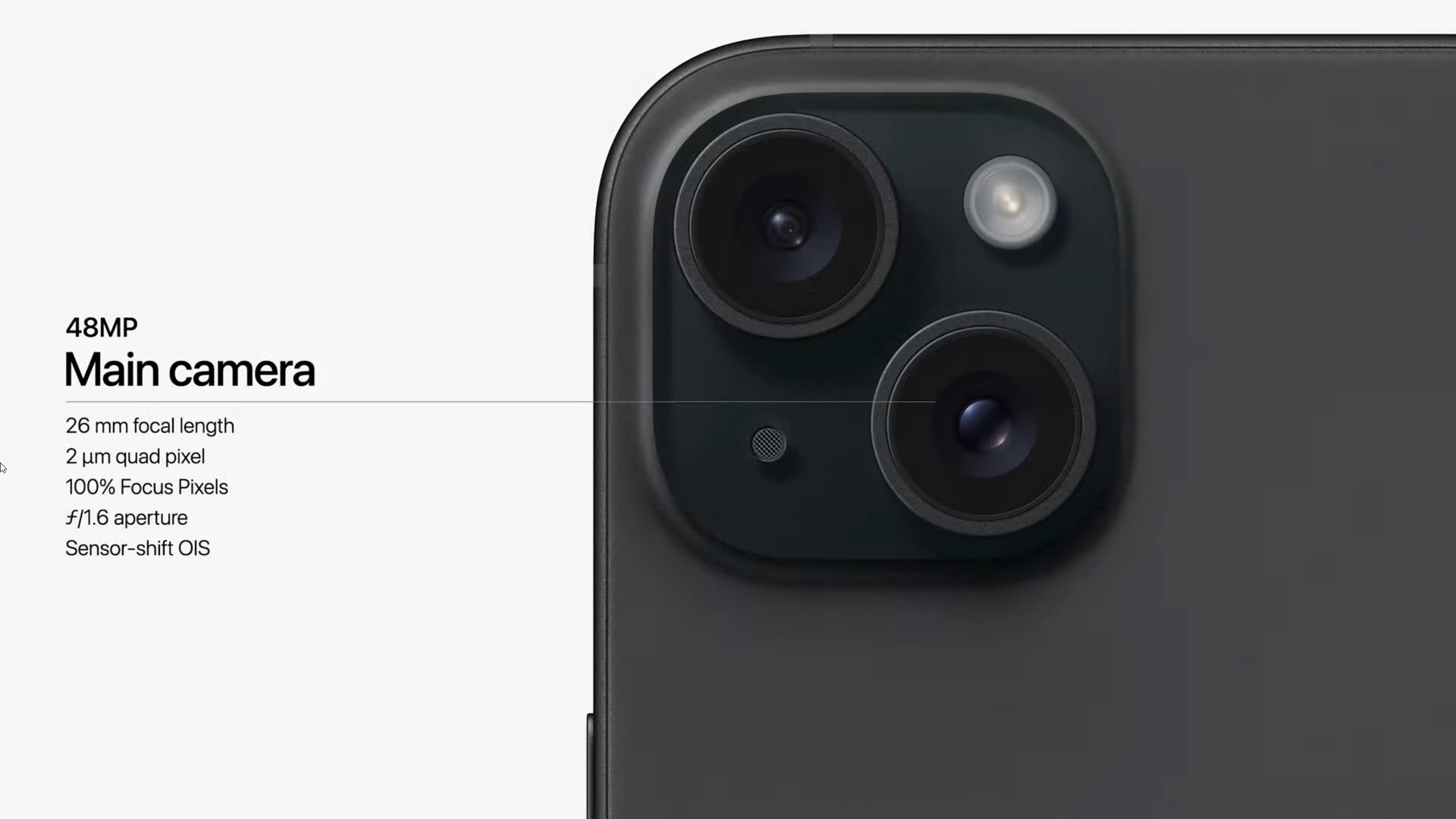
The iPhone 15 is the clear winner in this arena. Since the product is only shipping September 22, we don’t have any photo samples yet, but its camera system is based on the one in the iPhone 14 Pro, which revolves around a 48-megapixel main sensor, a 12MP ultra-wide, and a 12MP selfie shooter. Expect better detail and low-light performance than the 14, at least when using the main camera.
The main in the 15 defaults to 24MP for extra detail and a reasonable filesize. Another option is what Apple dubs “optical-quality” telephoto zoom up to 2x, though in reality, this is just a crop of the 48MP resolution, simply retaining enough detail to look good.
Both the 15 and 14 support “digital” zoom up to 10x. Don’t expect the 15’s zoom to look good past 2x however, and on the 14, there’s no high-quality zoom to speak of. Apple reserves full-quality optical zoom for Pro phones.
A further enhancement of the 15 is that it can finally capture portraits without having to switch to a specific Portrait mode in the Camera app. That’s because it’s automatically recording depth info based on detected subjects or selected focus points, giving you the option to convert to portrait format later.
iPhone 14 vs iPhone 15: Design
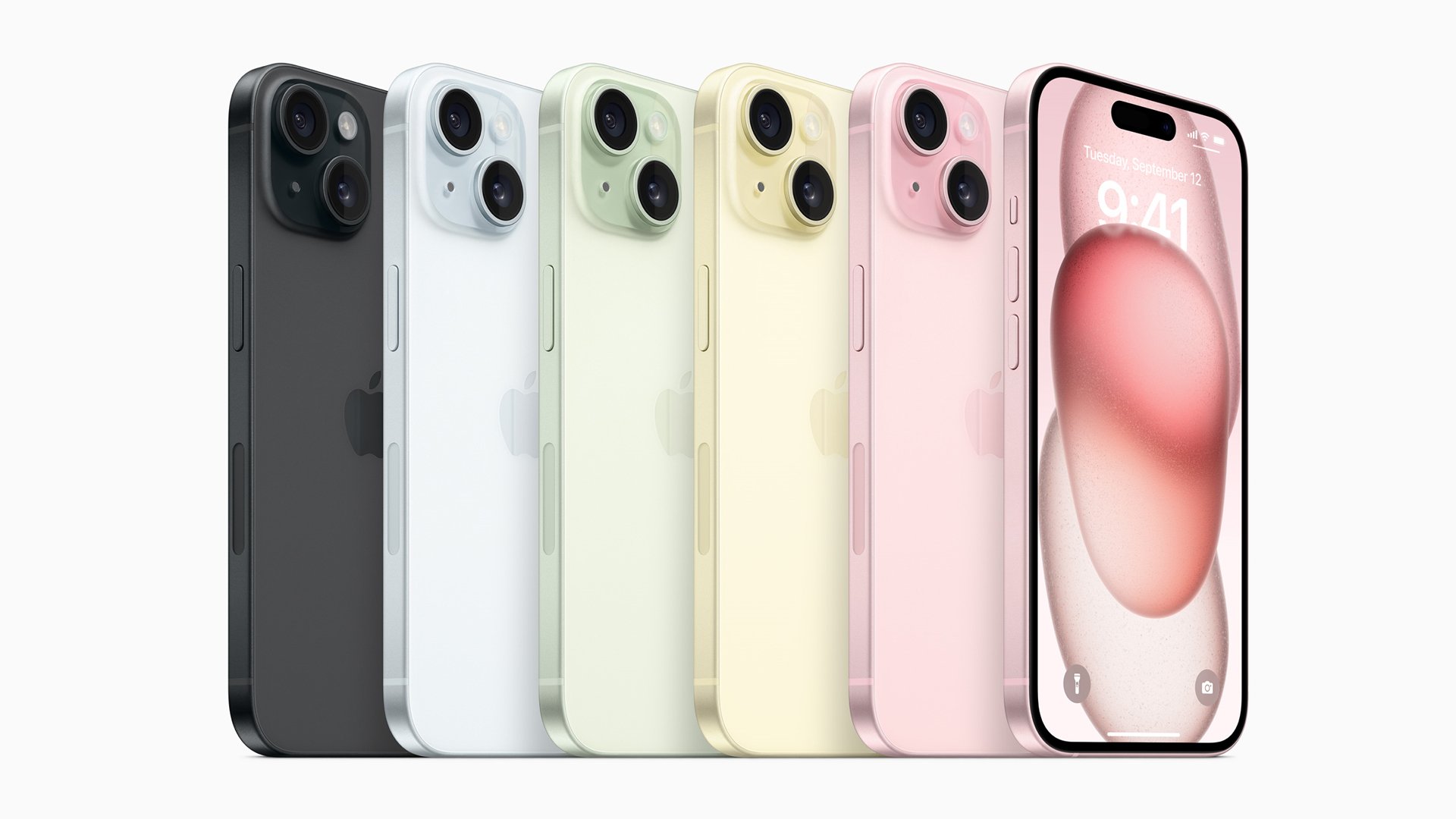
In terms of size, weight, and looks, the phones are mostly identical. There are some subtle cosmetic differences, but most people will have a hard time identifying one versus the other unless they’re familiar with the Dynamic Island or Apple’s color options.
The Dynamic Island could be a selling point for some people. It’s not only visually slicker than the old notch, but adds improved functionality, including limited multitasking and at-a-glance status updates. Only some apps support this — mostly Apple’s — but it makes the 15 genuinely easier to use.
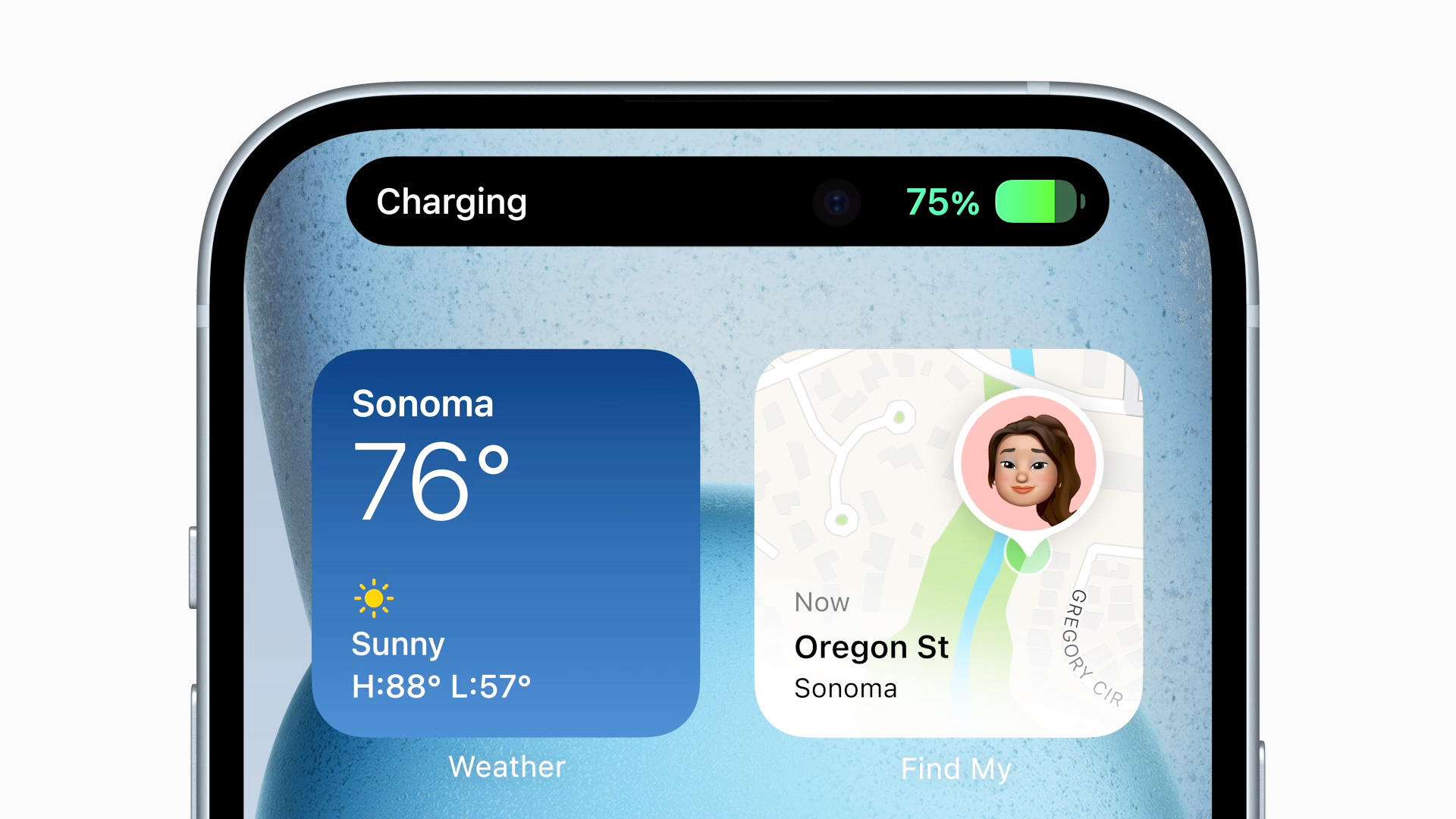
Apple’s choice to go with muted pastel colors for the 15 could prove divisive. People who prefer subtlety will probably love them, but if you enjoy anything bold, there’s nothing matching the 14 lineup. Indeed Apple has even dropped Product RED as an option, which means there’s no longer any way of contributing to that charity by buying a state-of-the-art iPhone.
We’ll point out the obvious here that the Plus variants of each phone are noticeably larger and slightly heavier than their siblings. That does mean superior screen space and battery life, but if you already find a regular iPhone 14 unwieldy, you probably shouldn’t upgrade to a 15 Plus.
iPhone 14 vs iPhone 15: Price
- Apple iPhone 15: $799 (128GB), $899 (256GB), $1,099 (512GB)
- Apple iPhone 15 Plus: $899 (128GB), $999 (256GB), $1,199 (512GB)
- Apple iPhone 14: $699 (128GB), $799 (256GB), $999 (512GB)
- Apple iPhone 14 Plus: $799 (128GB), $899 (256GB), $1,099 (512GB)
Now that the iPhone 15 is imminent, Apple has cut the prices for the 14. The new phones have the same pricing their predecessors did at launch.
We should note that Apple and many carriers offer trade-in programs and other incentives, so if you’re looking to upgrade, you probably won’t be paying full price unless you’re giving your 14 away, or it’s so damaged as to be rejected.
Preorders for the iPhone 15 start on September 15 ahead of its September 22 launch.

Updated 12MP camera
Large-display base model iPhone
iPhone 14 vs iPhone 15: Should you upgrade?
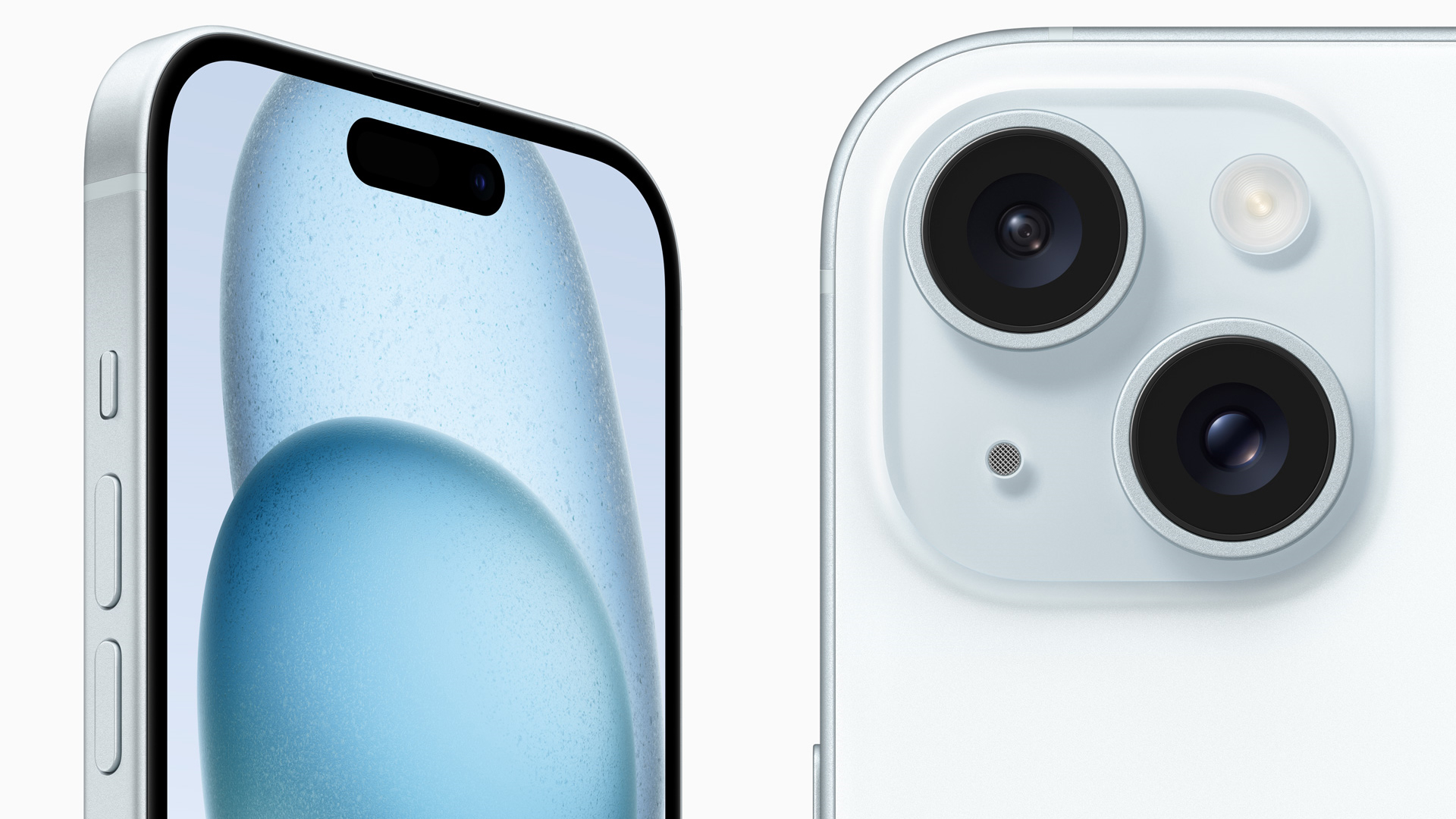
There are honest advancements that warrant a look, certainly. With the 15, you’re getting a faster processor, a better camera, a brighter screen, and the Dynamic Island. If you’ve got other USB-C devices, the switch to that format should make it easier to connect or top up power no matter where you are.
Don’t feel pressured to upgrade, however. There’s nothing revolutionary here, except from an Apple ecosystem perspective, since it’s effectively the death knell for Lightning.
That makes the 15 more of a luxury upgrade unless there’s some specific problem it solves for you. Perhaps you work outdoors most of the time, and that brightness matters — perhaps you use your iPhone camera for work and 2x zoom will improve content. It could even be that you and your partner regularly lose each other in a crowd, and Precision Finding for Find My will fix that.
If money’s a concern, you’re probably safe waiting for the inevitable iPhone 16. You’ll still get some trade-in value for your 14, and the 16’s feature set will be even more impressive.
FAQs
Yes, it has an IP68 rating. That means it can be submersed in up to 6m of water for as long as 30 minutes. It should also resist rain and gentler splashes, but don’t go swimming with it or take a shower.
Yes, USB-C replaces the Lightning port on previous iPhones.
Colors this time around include pink, yellow, green, blue, and black.
No, sadly. Apple ditched mini iPhones after the 13 series.
Outside the US, yes. On US models, the only option is eSIM.
